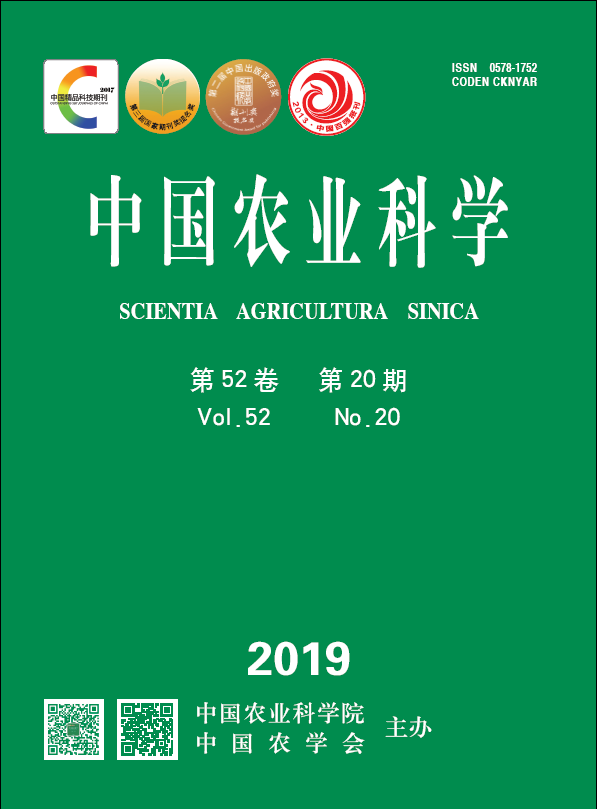【Objective】 The effects of source reduction on yield, dry matter, and nutrient accumulation and transport of nitrogen, phosphorus, and potassium under different density populations were discussed in this study, in order to provide more effective ways for further improvement of maize yield and nutrient use efficiency and to provide a reference for the selection and breeding of density-resistant varieties.【Method】 The cultivar Xianyu335 was used for experimental material, which was planted most popularly in local production. A split plot design with three replicates was used in the experiment. The main plot was different densities with 60 000 plants/hm 2 (conventional density) and 90 000 plants/hm 2(high density), respectively; The subplot was different sources reduction intensity by cutting the leaves of each plant by 1/2 (T1), 1/3 (T2), 1/4 (T3) and control (without cutting leaves) at silking stage. Dry matter weight and the contents of nitrogen, phosphorus, and potassium were determined, and dry matter and nutrient accumulation and transport were calculated. 【Result】 Under conventional planting density, the number of kernels per ear, 100-kernel weight, and grain yield were all decreased compared to the control under different levels of source reduction. Among them, the average yield of T1, T2 and T3 were 32.1%, 20.3% and 11.9% lower than that of the control in two years, respectively; Under high planting density, T3 treatment significantly increased the number of kernels per ear, which resulted in a significant increase in yield. The average yield in two years in T3 treatment was 7.7% higher than that of control. Compare with the control, the dry matter and the nutrients of nitrogen, phosphorus and potassium transport rate of vegetative organs were increased at different source reduction, the greater the source reduction, the higher the dry matter and nutrient transport rate. Under conventional planting density, the vegetative organs nutrients of nitrogen, phosphorus and potassium transport rate of T1, T2 and T3 were 25.4%, 19.1%, 10.7%, 14.3%, 9.8%, 5.2% and 19.0%, 10.7%, 8.4% higher than the control, respectively. While, under high planting density, the vegetative organs nutrients of nitrogen, phosphorus and potassium transport rate of T1, T2 and T3 were 17.1%, 12.8%, 5.8%, 12.6%, 8.0%, 3.6% and 14.9%, 11.3%, 3.9% higher than the control, respectively. Under conventional planting density, the differences of source reduction reduced the accumulation of nitrogen, phosphorus and potassium nutrients in grains. While, under high planting density, the accumulation of nitrogen, phosphorus and potassium nutrients in grains were increased at an appropriate source reduction level. The accumulation of nitrogen, phosphorus, and potassium were 11.1%, 6.9%, and 6.1% higher, respectively, than the control on average of two years under T3 treatment. But the nutrients of nitrogen, phosphorus and potassium under T1 and T2 treatments were 20.4%, 23.4%, 20.0% and 10.3%, 15.6%, 16.0% lower than the control, respectively.【Conclusion】 Leaf redundancy existed in dense maize population, reduction the amount of leaf sources appropriately (cutting all the leaves by 1/4 of whole plant) promoted the dry matter, nitrogen, phosphorus and potassium nutrients transport rate from vegetative organs to the grain, and increased the accumulation of nitrogen, phosphorus, and potassium nutrients in grains at mature stage. Therefore, increasing the density reasonably should be adopted in maize production. Meanwhile, the appropriate reduction of leaf source volume under high density population should be an effective way to further increase high yield and efficient use of nutrients in spring maize.









